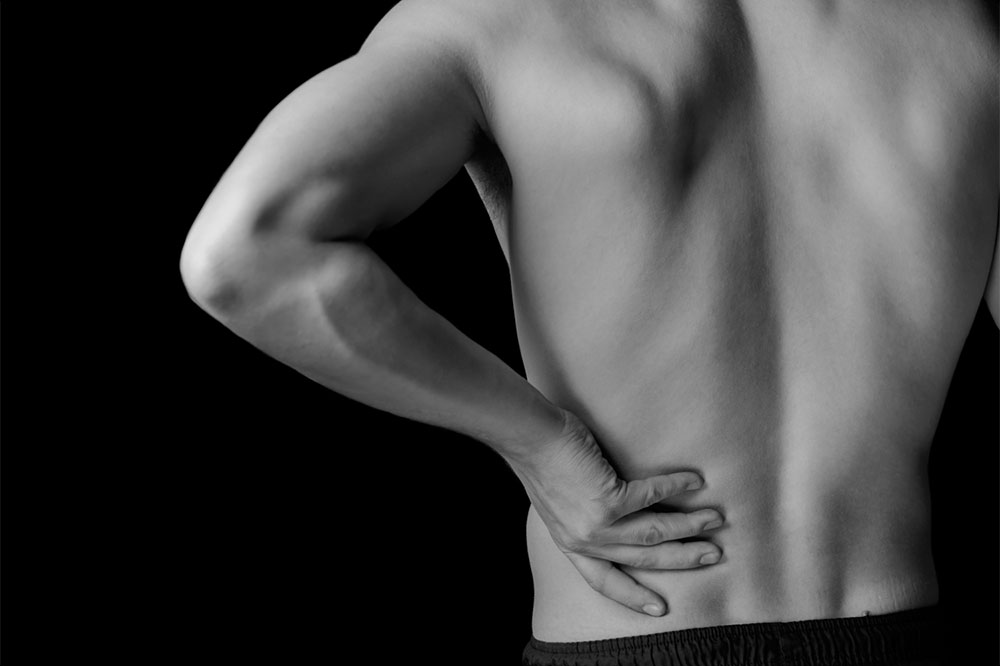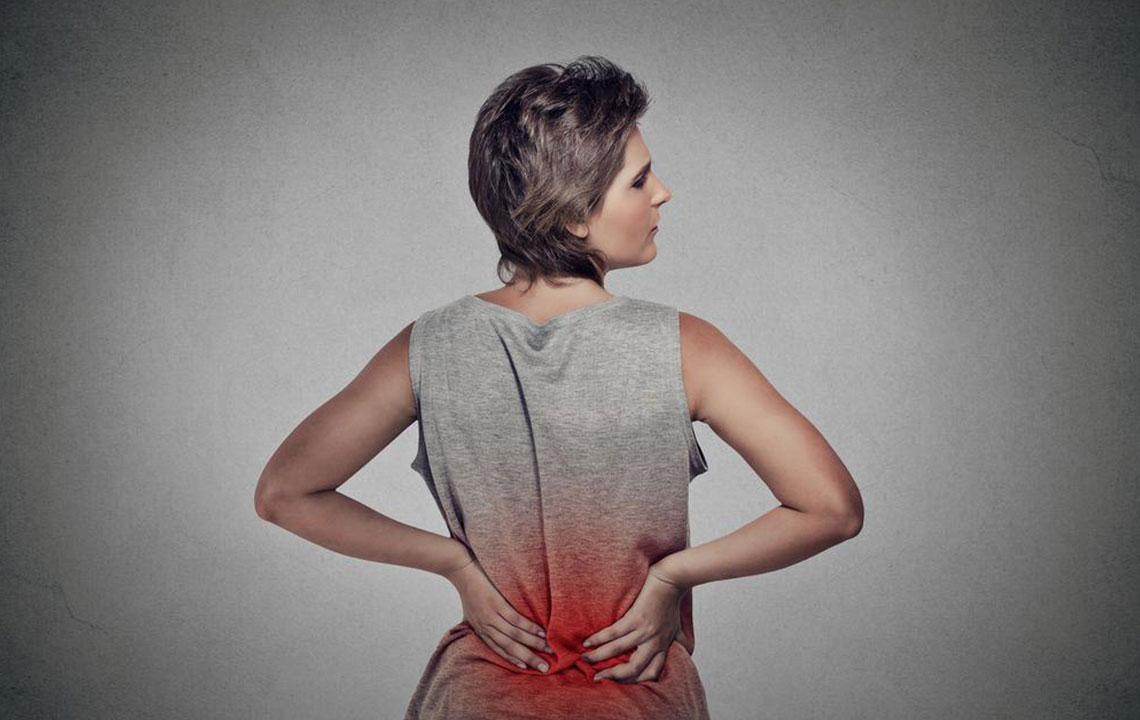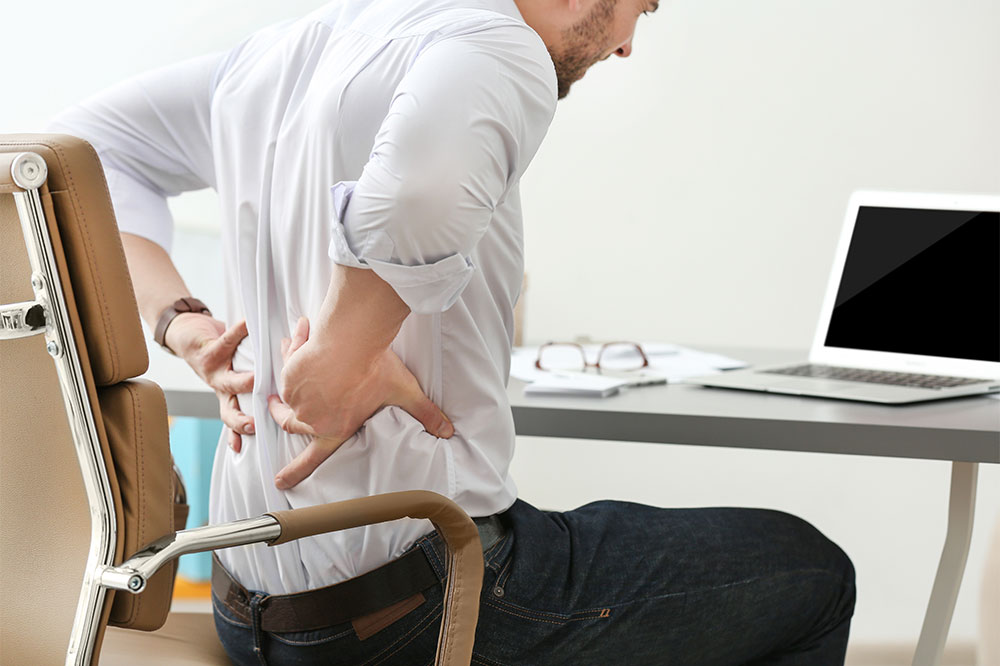Comprehensive Guide to Lower Back Pain: Causes, Symptoms, and Effective Treatment Methods
This comprehensive guide explores the causes, symptoms, and treatment options for lower back pain. It covers anatomical details, common conditions like herniated discs and sciatica, and effective strategies including physical therapy, exercises, psychological techniques, and medical interventions to manage and alleviate this widespread health issue.

An In-Depth Look at Lower Back Pain: Understanding Causes, Recognizing Symptoms, and Exploring Treatment Options
Lower back pain is an increasingly common health concern affecting millions worldwide. Whether it’s due to poor posture, injury, or degenerative conditions, this discomfort can significantly impact daily life. While many experience temporary pain that subsides within a few days or weeks, others endure persistent or recurrent pain that lasts for months or even years. Long-term or chronic low back pain requires comprehensive management approaches that include a combination of targeted physical exercises, relaxation and stress-reduction techniques, psychological strategies, and medical interventions. Understanding the root causes, identifying symptoms early, and adopting effective treatment strategies are essential steps toward alleviating pain and improving quality of life.
Anatomy and Structure of the Lower Back
The human spine comprises 33 individual vertebrae, arranged in sections, with the lumbar vertebrae (lower back region) consisting of five vertebrae (L1-L5). These lumbar vertebrae are particularly vulnerable to pain because they bear much of the body's weight and facilitate a wide range of movements. Each vertebra is separated by intervertebral discs that act as shock absorbers, allowing flexibility and cushioning during activities such as walking, bending, and lifting. The spinal canal, protected by the vertebral arches, houses the spinal cord and nerve roots that transmit signals between the brain and the rest of the body.
Surrounding the spinal column are interconnected muscles, ligaments, and tendons that support posture and facilitate movement. The core muscles, including the abdominals, back extensors, and pelvic muscles, play a pivotal role in stabilizing the lower back and maintaining proper spinal alignment. Any imbalance, weakness, or tightness within these muscle groups can lead to strain, excessive pressure on spinal structures, and ultimately pain.
Optimal functioning of the muscles around your spine is crucial for managing load and preventing injury. Conversely, muscle imbalances, poor posture, or sedentary lifestyles can create undue stress on the lumbar discs and facet joints, advancing degenerative changes and exacerbating discomfort.
Common Causes of Lower Back Pain
Understanding the primary causes of lower back pain can help in early diagnosis and effective treatment. Some of the most prevalent causes include herniated discs, muscle strains, ligament sprains, degenerative disc disease, spinal stenosis, and spondylolisthesis. Among these, herniated discs and nerve compression are notable for causing severe pain and neurological symptoms such as numbness or tingling.
Herniated Discs and Their Role in Back Pain
A herniated disc, often called a slipped or ruptured disc, occurs when the soft gel-like nucleus pulposus protrudes through a tear in the tougher outer layer, the annulus fibrosus. This protrusion can press against adjacent nerves, causing pain, inflammation, and sometimes neurological deficits. The location and size of the herniation determine the intensity and distribution of symptoms.
Sciatica: The Nerve Pain Connection
Sciatica is a common manifestation caused by nerve compression from herniated discs, spinal stenosis, or bone spurs. It is characterized by radiating pain that travels from the lower back down through the buttocks, thighs, and into the legs. Accompanying symptoms often include numbness, tingling, and muscle weakness, which may impair mobility and daily activities. Severity varies from mild discomfort to incapacitating pain, necessitating prompt and targeted treatment approaches.
Strategies for Managing Lower Back Pain
Effective management of lower back pain involves a multifaceted approach that combines physical, psychological, and medical interventions. The goal is to reduce inflammation, improve flexibility, restore strength, and address emotional factors that influence the perception of pain.
Exercise and Physical Therapy
Engaging in regular, appropriate exercises is critical. Physical therapy tailored to individual needs can help stretch tight muscles, strengthen weak core muscles, and improve posture. Specific exercises, such as gentle stretching routines and strengthening regimens, help reduce pressure on the lumbar discs and joints.
The McKenzie Method and Extension Exercises
The McKenzie Method involves specialized positioning and movements, particularly lumbar extension exercises like prone lying, which can help reduce disc bulge and relieve nerve compression. Such techniques aim to restore disc position, alleviate pain, and promote spinal health.
Core Strengthening and Postural Improvements
Building a strong core stabilizes the spine and minimizes strain during movement and daily activities. Incorporating exercises such as planks, bridges, and pelvic tilts can contribute significantly to long-term back health.
Psychological and Relaxation Techniques
Addressing emotional and psychological factors that can amplify pain perception is essential. Cognitive-behavioral therapy (CBT), mindfulness meditation, and relaxation training help reduce stress, manage pain perception, and improve coping mechanisms. These strategies are especially helpful for those with chronic pain conditions.
Medical and Pharmacological Treatments
When conservative measures are insufficient, healthcare professionals may prescribe medications such as NSAIDs, muscle relaxants, or epidural injections to reduce inflammation and pain. In some cases, advanced interventions like minimally invasive surgeries or spinal injections may be recommended.
Holistic and Lifestyle Approaches
Maintaining a healthy weight, practicing proper ergonomics at work and home, and avoiding prolonged sedentary periods can significantly reduce stress on the lumbar spine. Incorporating stress management, adequate sleep, and a balanced diet further supports spinal health and overall well-being.
In conclusion, lower back pain is a complex condition influenced by various anatomical and lifestyle factors. Recognizing symptoms early, understanding the underlying causes, and adopting a comprehensive treatment plan tailored to individual needs are crucial. With consistent exercise, psychological support, proper medical care, and lifestyle modifications, most individuals can achieve significant pain relief and restore their functional activities. Patience and active participation in your treatment plan are key to overcoming lower back pain and improving quality of life.





